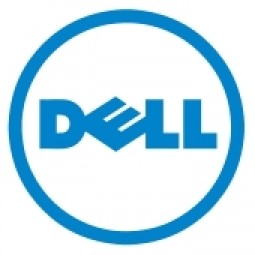Teradata
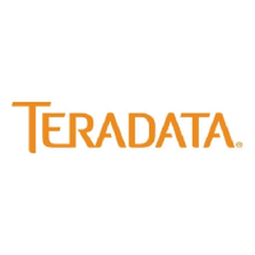
Overview
|
HQ Location
United States
|
Year Founded
1979
|
Company Type
Private
|
Revenue
$1-10b
|
|
Employees
10,001 - 50,000
|
Website
|
Twitter Handle
|
Company Description
Teradata empowers companies to achieve high-impact business outcomes. Our focus on business solutions for analytics, coupled with our industry leading technology and architecture expertise, can unleash the potential of great companies.
IoT Snapshot
Teradata is a provider of Industrial IoT platform as a service (paas), analytics and modeling, and infrastructure as a service (iaas) technologies, and also active in the healthcare and hospitals, renewable energy, retail, and transportation industries.
Technologies
Use Cases
Functional Areas
Industries
Technology Stack
Teradata’s Technology Stack maps Teradata’s participation in the platform as a service (paas), analytics and modeling, and infrastructure as a service (iaas) IoT Technology stack.
-
Devices Layer
-
Edge Layer
-
Cloud Layer
-
Application Layer
-
Supporting Technologies
Technological Capability:
None
Minor
Moderate
Strong

Supplier missing?
Start adding your own!
Register with your work email and create a new supplier profile for your business.
Case Studies.
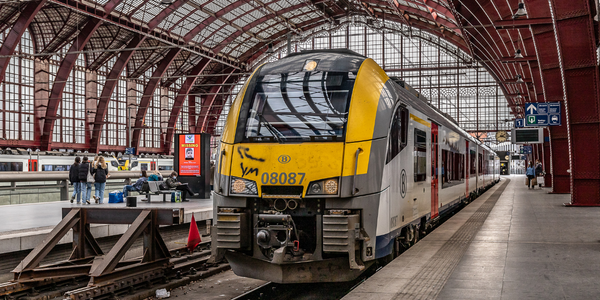
Case Study
The Internet of Trains
Train operators the world over are expected to work miracles, i.e. never to be late. So, with acute service and availability targets to meet, an efficient maintenance program is important. And data-enabled functionality is a must for Siemens. Reactive maintenance (after an incident) and routine, preventive maintenance with its visual inspections and scheduled exchange of components, are no longer enough. We’ve moved on to more cost-effective, condition-based, predictive maintenance. The actual condition of components is measured via the transfer and remote monitoring of diagnostic sensor data; data which is also used to analyse patterns and trends. This helps predict when a component is likely to fail, so it can be repaired before anything untoward happens. To ensure the commercial sustainability of this approach, Siemens needs to use and re-use existing data, creating a kind of ‘Internet of Trains’. Towards this end, they’re analysing sensor data in near real time, which means they can react very quickly, ensuring that customer transport services aren’t interrupted. “It is really difficult to define every issue before it impacts operations using only data from the trains”, Kress explains. However, recent success stories prove that everything is possible.
Case Study
Enhancing Customer Experience Through Data-Driven Solutions: A Case Study of Teradata and Celebrus
The case study presents three different enterprises: a Top-5 Global Retail Bank, a UK Retailer, and a European Multiline Insurer, each facing unique challenges in enhancing their customer experience (CX). The bank was struggling with personalizing CX, requiring more granular detail in their data and analytics, and managing CX across all their digital channels. The UK Retailer was unable to maximize customer relationships due to a lack of insight into their customers' online activities. Their aggregated data was always 24 hours out of date, and they could only infer what customers wanted based on past behavior. The European Multiline Insurer was finding it difficult to capture insights from customers self-serving online. The limited data they had was typically 48 hours old, making it impossible to react to customers in the moment.

Case Study
Smart City Innovation for Multi-Modal Transportation Authority
The citywide multi-modal transportation authority was facing a significant challenge due to the city's fast-paced development and growing population. The projected demand was expected to strain the public transportation system if not planned for properly. To serve these anticipated needs, the authority drafted its Land Transport Master Plan for transportation network investments that forecasted needs over a decade. In addition to a rapidly growing population, ever-expanding data volumes posed a considerable challenge to their technology infrastructure. The authority relies on data and applications to ensure smooth travel for all—capturing more than 12 million records on public transport each day. However, land transport IT systems were designed for quick response time, with priority given to keeping transactions moving; but not for keeping data beyond three months. Lost data meant a lost ability to conduct meaningful trend analysis, create long-term policy planning, or engage in data mining.

Case Study
Accelerating Digital Transformation by Reimagining the Finance Function
The case study presents five different organizations facing various challenges. A global bank was struggling to engage with customers due to ineffective profitability practices, poor cross-sell and up-sell functions, and inadequate segmentation analyses. A global rental company needed to modernize their analytics ecosystem as their processes were manual, time-consuming, and limited in model calculation. A global retailer had issues with non-product indirect spend, unable to identify non-compliant activity, leading to inconsistencies, reporting delays, and a lack of detail. A global B2B distributor wanted to improve their rebate compliance, but their existing process was manual, time-consuming, and lacked a centralized source of contract terms. Lastly, a global consumer packaged goods (CPG) enterprise was struggling to enforce its travel and entertainment (T&E) policies due to manual recording and reporting processes.

Case Study
Enhancing Telecom Customer Experience with Network Analytics: A Case Study
The second largest telecom operator in Pakistan, with 40.7 million active subscribers, 27% data users and approximately 1.13 BN USD revenue, was facing challenges in maintaining its customer base and minimizing churn attributed to poor network services. Customer feedback indicated that poor network experience was the key reason for churn and dissatisfaction. The marketing, sales, and network teams were making decisions in silos, using disparate data sets. The company lacked the technical expertise to integrate, build, and manage analytical capability on large data volumes related to network experience. They needed help in deploying analytics in their network to generate actionable insights.
Similar Suppliers.

Supplier
IBM
IBM is an American multinational technology and consulting corporation that manufactures and markets computer hardware, middleware, and software, and offers infrastructure, hosting, and consulting services in areas ranging from mainframe computers to nanotechnology. IBM is intent on leading the development of a global data field.
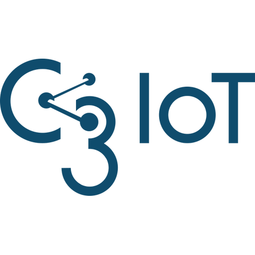
Supplier
C3 IoT
C3 IoT provides a full-stack IoT development platform (PaaS) that enables the rapid design, development, and deployment of even the largest-scale big data / IoT applications that leverage telemetry, elastic Cloud Computing, analytics, and Machine Learning to apply the power of predictive analytics to any business value chain. C3 IoT also provides a family of turn-key SaaS IoT applications including Predictive Maintenance, fraud detection, sensor network health, supply chain optimization, investment planning, and customer engagement. Customers can use pre-built C3 IoT applications, adapt those applications using the platform’s toolset, or build custom applications using C3 IoT’s Platform as a Service.Year founded: 2009

Supplier
Altair
Altair is a leading provider of enterprise-class engineering software enabling innovation, reduced development times, and lower costs through the entire product lifecycle from concept design to in-service operation. Our simulation-driven approach to innovation is powered by our integrated suite of software which optimizes design performance across multiple disciplines encompassing structures, motion, fluids, thermal management, electromagnetics, system modeling and embedded systems, while also providing data analytics and true-to-life visualization and rendering.
_1.jpg)
Supplier
Bosch
Bosch is an industry leader in automobile and industrial equipment, as well as consumer goods and building systems. Bosch operates via 440 subsidiaries in 60 countries; its core lines include mobility (auto) systems, from diesel/hybrid drive to steering, starter motors and generators, electronics, and brakes.Year founded: 1886Revenue: $58.7 billion (2014)Portfolio Companies:- Bosch Software Innovations- Rexroth- Deepfield Robotics- Escrypt- ProSyst
Partners.
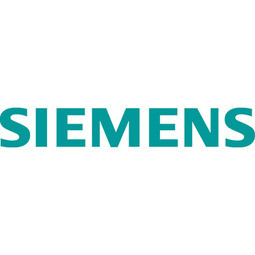
Supplier
Siemens
Siemens is the largest engineering company in Europe. With their positioning along the electrification value chain, Siemens has the knowhow that extends from power generation to power transmission, power distribution and smart grid to the efficient application of electrical energy. Featured Subsidiaries/ Business Units: - Digital Factory - Siemens Technology to Business (TTB)






